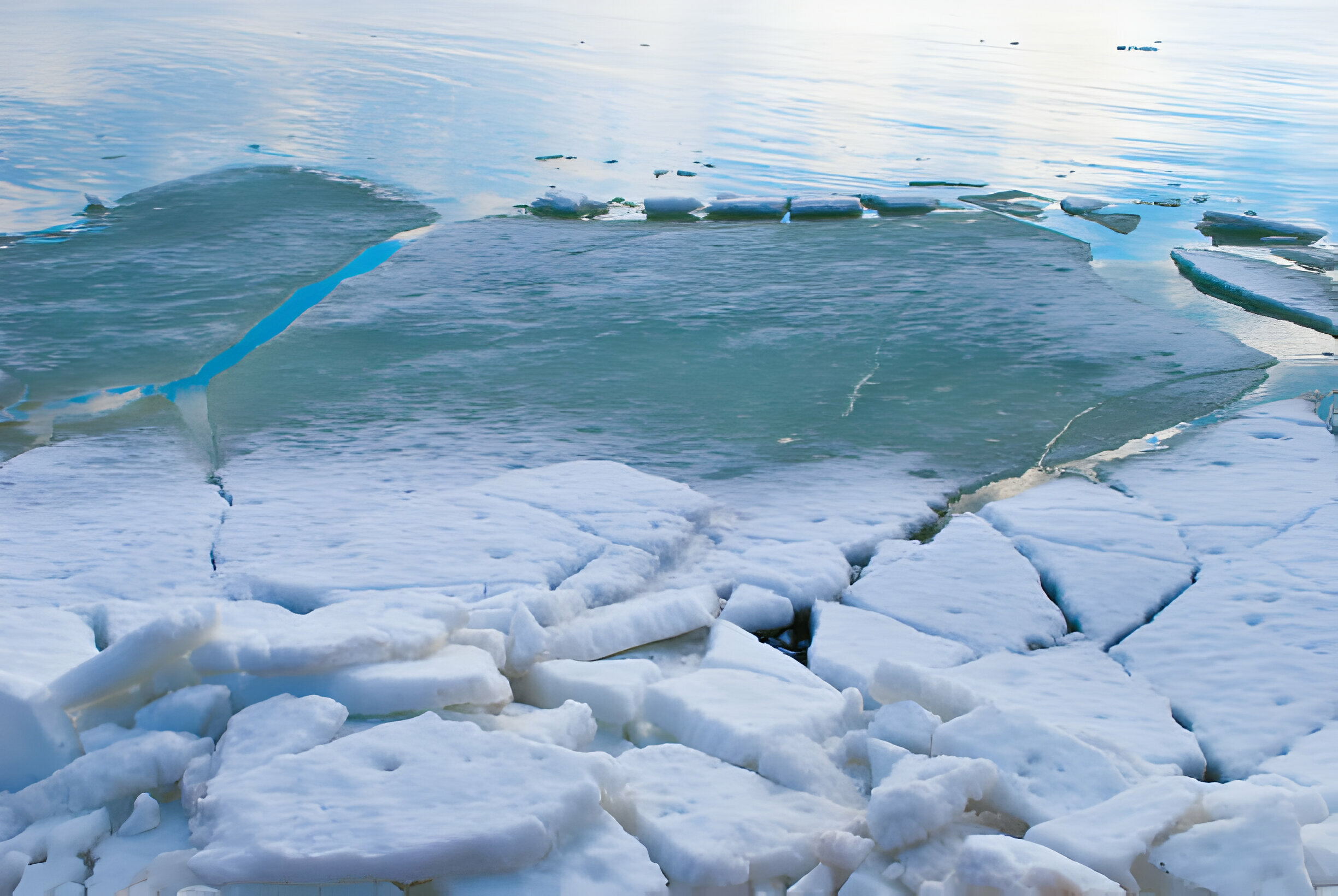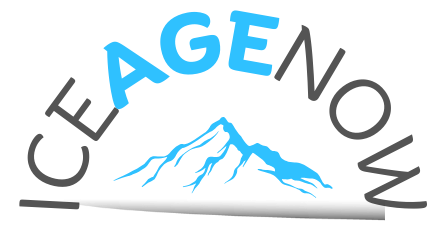Imagine standing on the edge of the Arctic Ocean, watching as it shrinks at an alarming rate. Climate change is rapidly transforming this icy landscape. As you delve into this article, you will uncover the profound impact of climate change on the Arctic. From disappearing ice to shifting ecosystems and endangered wildlife, each paragraph will reveal a different facet of this critical issue. Get ready to explore ‘How Is Climate Change Affecting the Arctic?’
Impact on Arctic Ice Loss
You’re witnessing firsthand how Arctic ice loss is accelerating due to climate change. The diminishing ice cover alters ocean currents, affecting global weather patterns. As the ice melts, it exposes darker ocean waters, reducing the albedo effect and causing more heat absorption, further amplifying warming trends. This rapid change in the Arctic environment has significant implications for shipping routes, opening up new passages that were previously unnavigable. However, this accessibility comes at a cost as increased maritime traffic leads to higher carbon emissions and environmental risks. Economically, the melting ice presents opportunities for resource extraction and tourism but also brings challenges like infrastructure damage and loss of traditional livelihoods for indigenous communities dependent on ice-related activities.
Changing Ecosystems in the Arctic
Exploring the Arctic reveals shifting ecosystems impacting various species. Climate change has led to shifting habitats, affecting biodiversity and causing food chain impacts. With rising temperatures, invasive species are moving into new territories, disrupting native flora and fauna. The delicate balance of the Arctic ecosystem is under strain, challenging the resilience of its inhabitants. Polar bears, seals, and other iconic species are facing challenges as their traditional hunting grounds change rapidly. Biodiversity loss is a growing concern as some species struggle to adapt or find suitable habitats. Understanding these changes is crucial for conservation efforts and ensuring the long-term health of Arctic ecosystems in the face of ongoing environmental shifts.
Thawing Permafrost Concerns
As permafrost thaws, it releases stored greenhouse gases into the atmosphere, contributing to further warming and environmental shifts. This thawing poses various risks in the Arctic region. Infrastructure damage occurs due to the ground becoming unstable as ice within the soil melts. Methane release intensifies rapidly, amplifying global warming effects. Soil erosion worsens as frozen ground turns to slush, making landscapes vulnerable to degradation. Water contamination becomes a concern as pollutants trapped in the permafrost are released into nearby water sources. Coastal erosion accelerates with melting permafrost undermining shorelines and threatening communities. These interconnected issues highlight the urgent need for sustainable solutions to mitigate the impacts of thawing permafrost in the Arctic.
Altered Wildlife Migration Patterns
Wildlife in the region are adapting their migration patterns due to shifting environmental conditions caused by permafrost thawing. This change is evident in various species:
- Bird Migration: Birds are altering their traditional flight paths to adjust to changing climate conditions.
- Caribou Herds: Caribou herds are moving to different areas as vegetation patterns shift.
- Seal Populations: Seals are seeking new ice formations for breeding and resting grounds.
- Polar Bear Habitat: Polar bears are being forced to travel longer distances in search of sea ice for hunting and denning.
- Fish Spawning: Fish populations are adjusting their spawning locations due to modifications in water temperatures and currents.
These adaptations underscore the profound impact of climate change on Arctic wildlife.
Rising Sea Levels Threatening Arctic Communities
Rising sea levels are increasingly posing a threat to Arctic communities. These threatened communities are facing challenges such as coastal erosion, infrastructure damage, and the need for relocation. Adapting to these changes is crucial for their survival. The impacts of climate change are evident in the Arctic region, where melting ice caps contribute to rising sea levels, directly affecting these vulnerable communities.
| Challenges | Solutions |
|---|---|
| Coastal erosion | Build seawalls |
| Relocation challenges | Plan resettlement |
| Infrastructure damage | Reinforce buildings |
| Community adaptation | Develop early warning systems |
| Implement sustainable practices |
Ensuring the resilience of these Arctic communities requires proactive measures and innovative solutions to address the consequences of rising sea levels.
Increased Frequency of Extreme Weather Events
You’re experiencing more frequent extreme weather events in your area, which can lead to significant disruptions and challenges for you and your community. These changes are affecting various aspects of your life:
- Infrastructure damage: Roads, bridges, and buildings are at risk of destruction.
- Agricultural impacts: Crops may be destroyed, leading to food shortages.
- Human health risks: Increased heatwaves or storms pose dangers to health and safety.
- Economic consequences: Businesses may suffer losses due to damaged property and interrupted services.
- Emergency response strategies: It’s crucial to have effective plans in place for quick reaction and recovery from these severe weather events.
Disruption of Traditional Inuit Lifestyles
Living in the Arctic, you’ve noticed a significant disruption of traditional Inuit lifestyles due to shifting ice patterns and reduced access to hunting grounds. This change has forced communities to focus on cultural adaptation, finding new ways to maintain food security and manage resources. The Inuit people are drawing upon their deep well of traditional knowledge to navigate these challenges while fostering community resilience. Elders play a crucial role in passing down valuable insights about survival techniques and sustainable practices that have sustained them for generations. By blending old wisdom with modern strategies, the Inuit are striving to preserve their way of life amidst the profound impacts of climate change on their environment.
Ocean Acidification in the Arctic Region
Amidst concerns about ocean acidification in the Arctic region, scientists are studying its potential impacts on marine ecosystems and biodiversity. This phenomenon is of particular interest due to the fragile nature of Arctic marine life and its susceptibility to environmental changes. Here’s what researchers are focusing on:
- Coral bleaching: Vulnerability of Arctic corals due to changing pH levels.
- Carbon absorption: How decreased pH affects the ability of marine organisms to absorb carbon.
- Shellfish vulnerability: Impact on shell-forming organisms like mollusks and crustaceans.
- Marine biodiversity: Potential loss of species diversity in Arctic waters.
- Ocean circulation: How acidification may disrupt crucial ocean currents in the region.
Understanding these aspects is vital for developing strategies to mitigate the effects of ocean acidification in the Arctic.
Effects on Indigenous Peoples and Cultures
Exploring how ocean acidification impacts the traditional practices and livelihoods of indigenous peoples in the region is crucial for understanding the full scope of this issue. Indigenous knowledge and resilience play a key role in facing these challenges, as their deep connection to the environment offers valuable insights into adaptation strategies. The community impacts are profound, affecting cultural preservation and traditional practices essential for their way of life. Climate justice and activism are increasingly important in advocating for the rights of these communities facing environmental threats. Conservation efforts must be guided by respecting indigenous perspectives on land management to ensure sustainable solutions that benefit both the environment and cultural heritage.
Global Ramifications of Arctic Climate Change
The rapid warming in the region poses significant challenges for both wildlife and local communities. As the Arctic climate changes, it has global ramifications that extend beyond just its immediate surroundings. Here’s what you need to know:
- Economic implications: Melting ice caps open up new shipping routes and access to resources, leading to economic opportunities but also potential conflicts over exploitation.
- Policy responses: Governments are being pressured to implement policies that mitigate climate change effects on the Arctic while balancing economic interests.
- Environmental conservation: The fragile Arctic ecosystem is at risk, with species facing habitat loss and changing migration patterns.
- Scientific research: Increased focus on studying the Arctic’s changing environment is crucial for understanding broader climate trends.
- Public awareness: Educating people about the impacts of Arctic climate change is vital for garnering support for conservation efforts.


